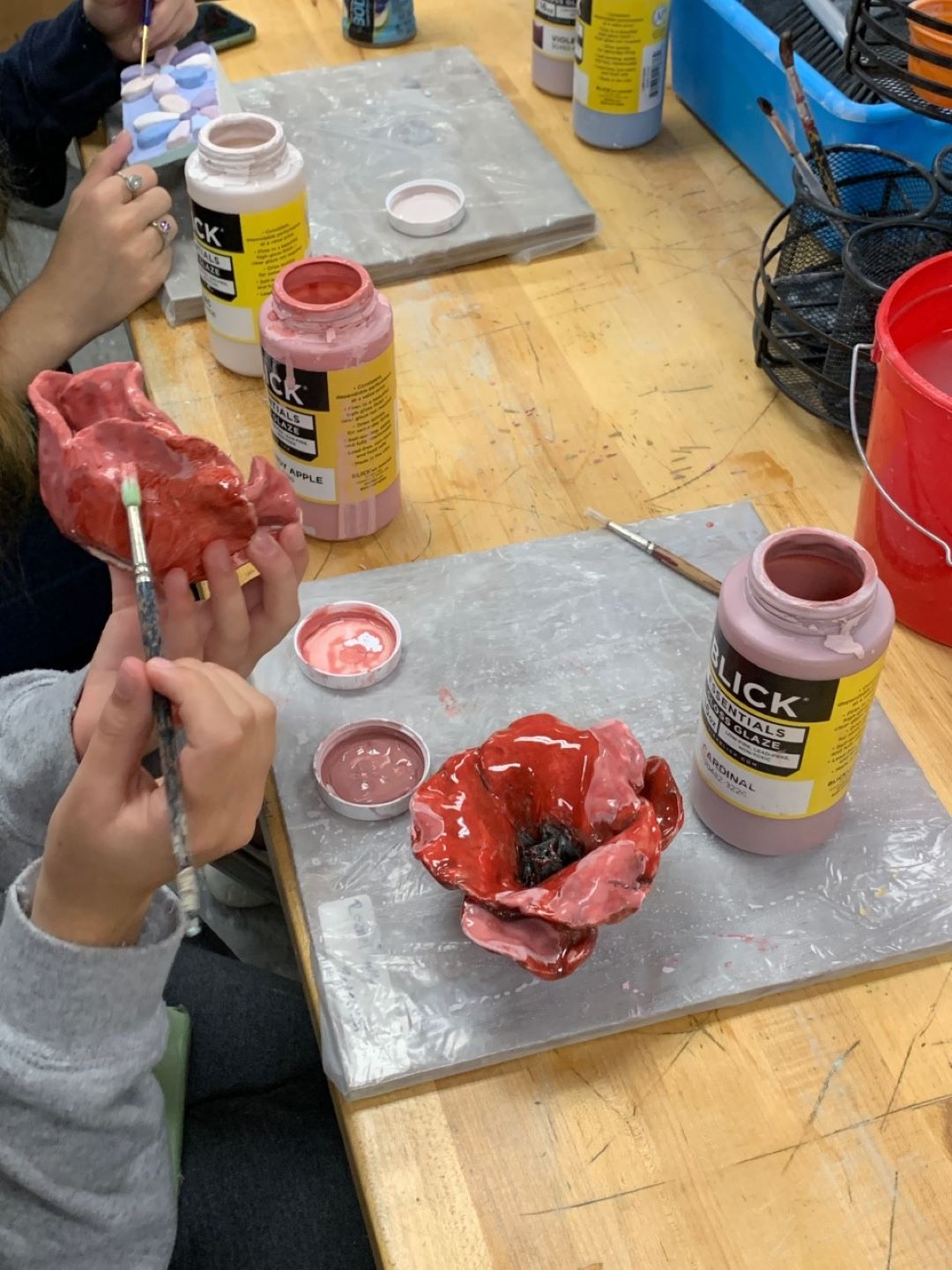Carrie Brooks plans to have a sea of poppies at the entrance to Lakeside High School the week surrounding Veterans Day.
The ceramics’ teacher has been working with her art students as well as other students who aren’t currently enrolled in her classes to create the items out of clay.
“We’re going to make as many poppies as we can,” said Brooks of the Panther Poppy Project.
Brooks posted about her plan on Facebook Sept. 21. She asked people to give her the names of veterans. The names will be placed on ribbons and tied to the poppies. She also asked for donations to cover the cost of supplies.
“Within 48 hours, I had over $500,” she said.
Since then, students have been forming the flowers out of clay and glazing them to get them ready for installation Nov. 3.
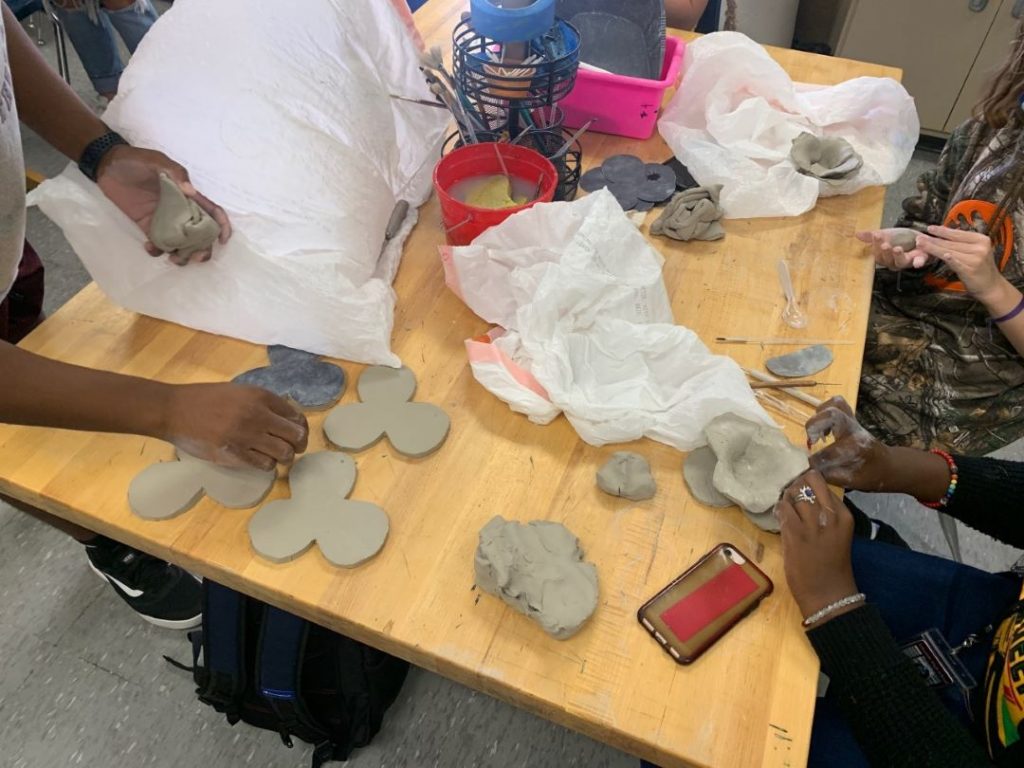
Students who are trying to get volunteer hours for their senior projects have asked to participate.
“One kid has made 13 to get service hours,” she said.
Others just want to help. Some have ties to the military, so it has special meaning for them.
Brooks said the idea has been well-received by the school’s administration including principal Rodney Tyson, who is a military retiree.
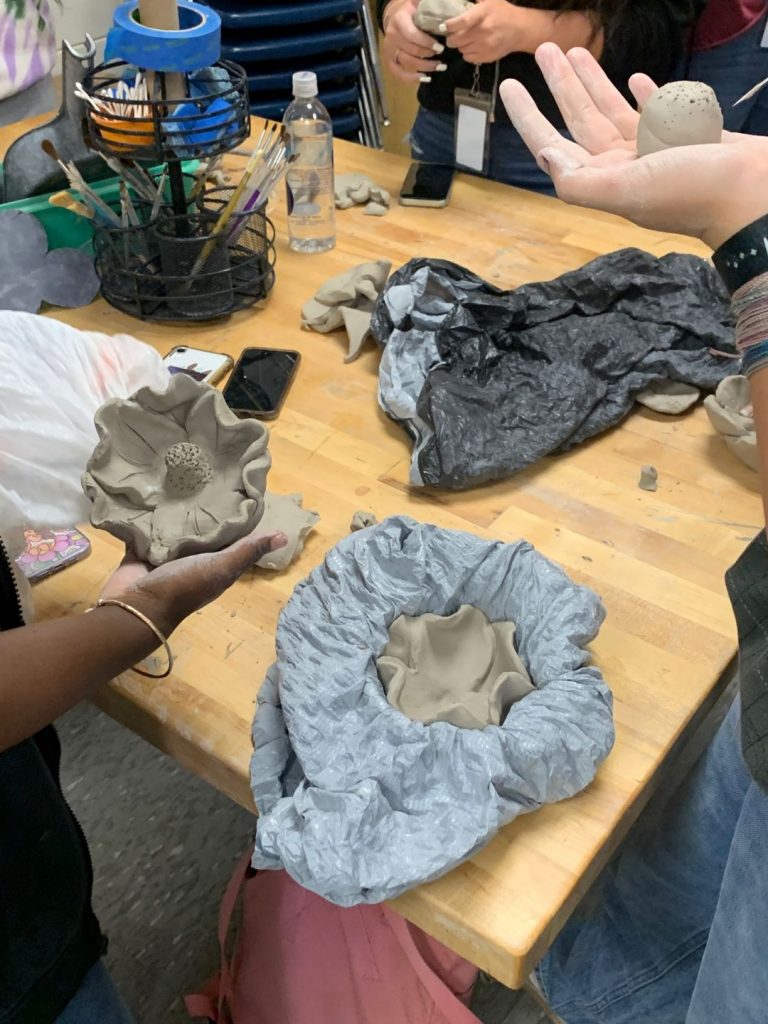
Brooks hopes to have at least 100 poppies as part of the installation, which will be on display through Nov. 15. They will be set up in an area on the campus that is under camera surveillance.
She said she would like to honor as many veterans as she can. If she has more veterans than poppies, she plans to add extra ribbons bearing the veterans’ names on the stems. Brooks said veterans need to have a connection to Lakeside High School to be part of the project.
Brooks said she’s told other teachers about the project and that another Columbia County teacher has been inspired to do a similar one.
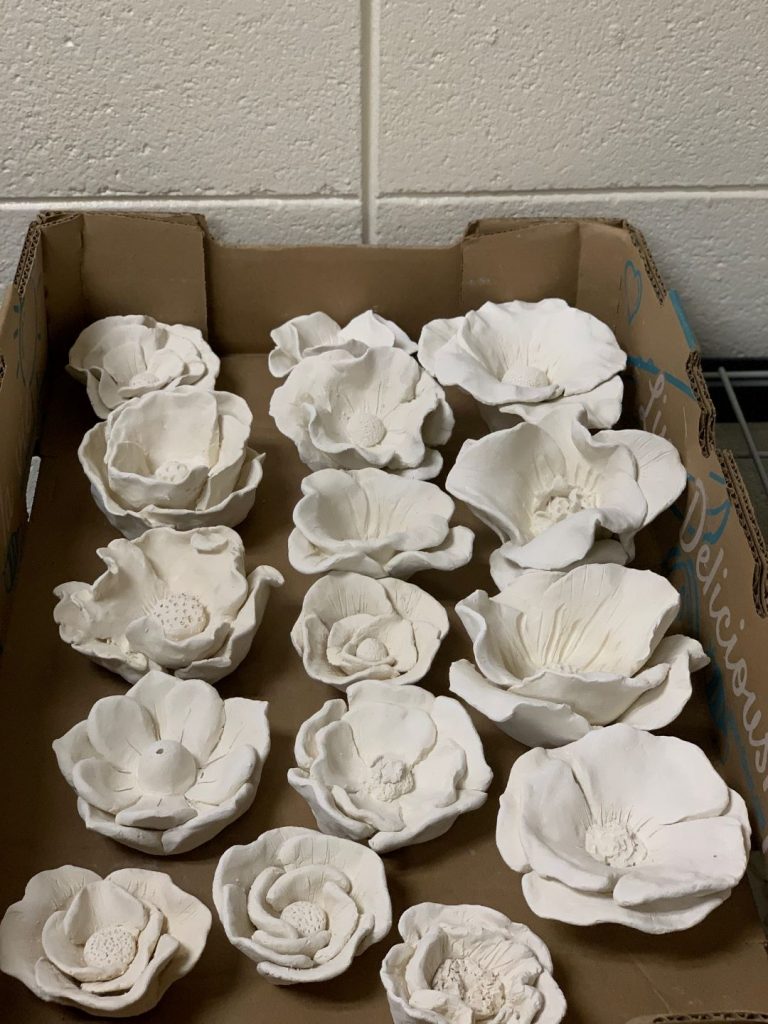
Poppies have been associated with the military for more than a century.
In 1915, Lt. Col. John McCrae was serving with the Canadian Army and wrote a poem called “In Flanders Fields” about the soldiers who died during World War I. He mentions the poppies growing among the graves of the soldiers buried in the field.
According to the Veterans Affairs Canada website, the poem was first published in England’s “Punch” magazine in December 1915. Within months, it “came to symbolize the sacrifice of all who were fighting in the First World War.”
The flower has continued to be used to recognize service members ever since.
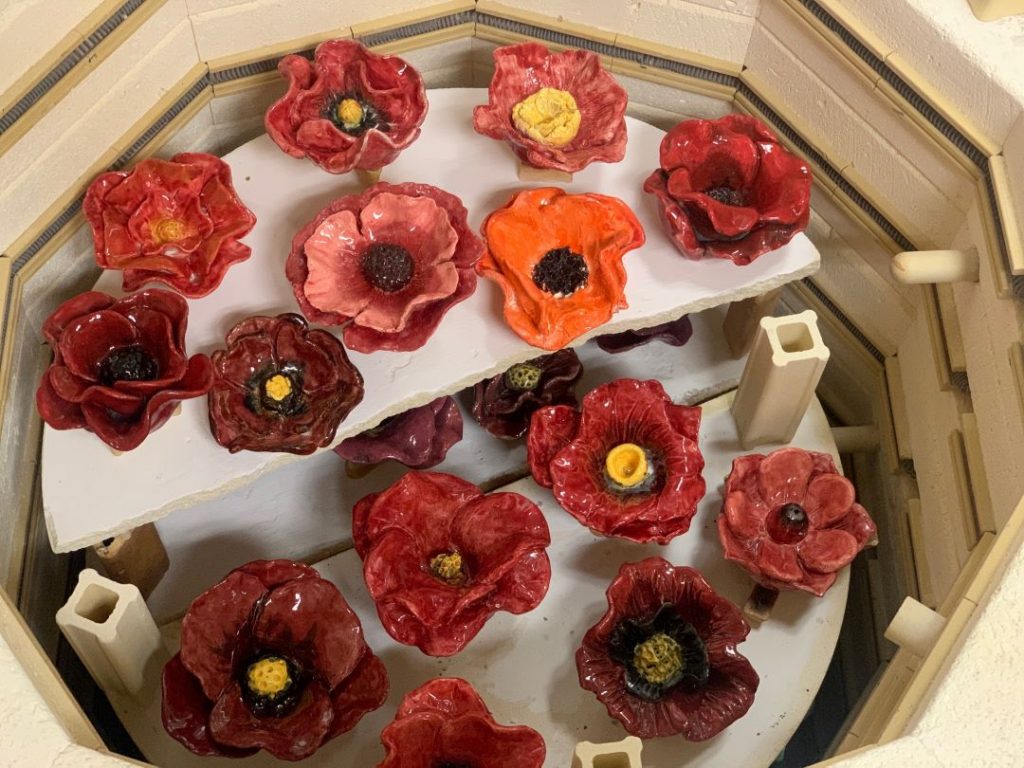
“The red poppy is a nationally recognized symbol of sacrifice worn by Americans since World War I to honor those who served and died in our country in all wars,” according to the American Legion website.
To learn more about the Panther Poppy Project, visit the website.
Charmain Z. Brackett is the Features Editor for The Augusta Press. Reach her at charmain@theaugustapress.com

